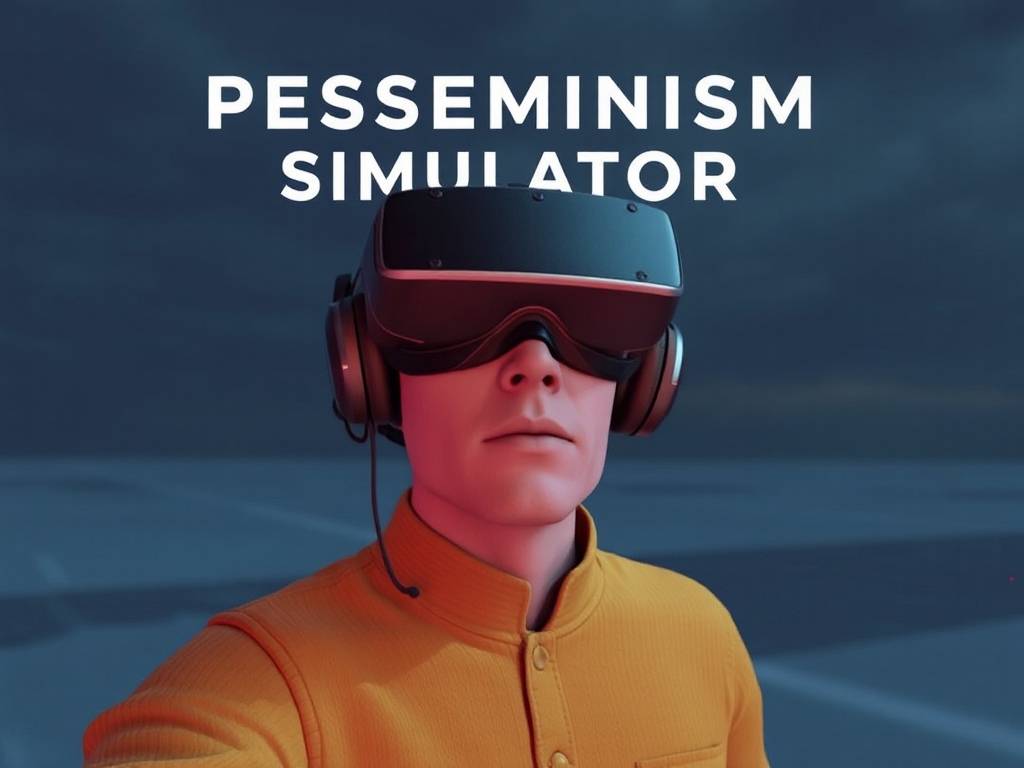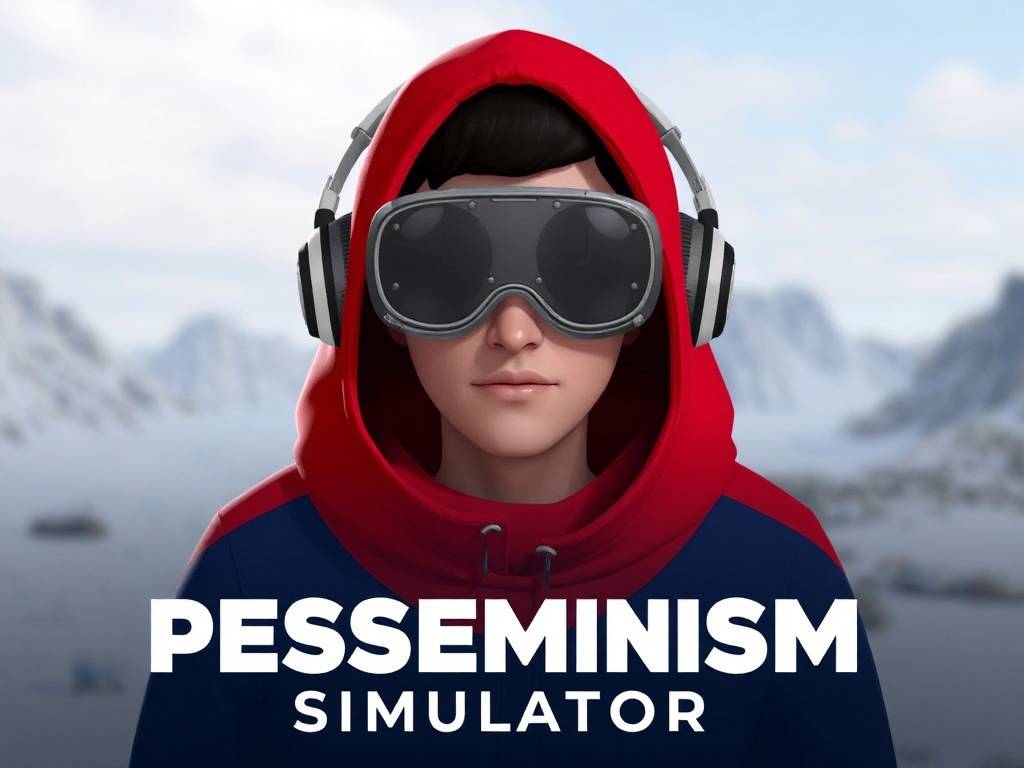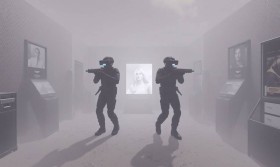The Glitch in the Machine: How Doubt Missions Are Redefining VR Realism
The virtual reality landscape is perpetually chasing higher fidelity, sharper textures, and more realistic physics. We strive to build worlds indistinguishable from our own, but one developer, Oblivion Code Studios, is taking a radically different approach. Their acclaimed title, Pessimism Simulator VR, has long been a cult favorite for its bleakly humorous and unsettlingly accurate simulation of life’s minor and major disappointments. Its latest update, dubbed the "Doubt Missions," doesn't just add new content; it fundamentally rewires the game’s core premise, moving from passive observation of pessimism to the active, brutal cultivation of doubt itself.
For the uninitiated, Pessimism Simulator VR is not a game in the traditional sense. There are no high scores, no bosses to defeat, and no clear objectives. Instead, players inhabit the life of a perpetually average individual, navigating scenarios like a job where promotions are always just out of reach, relationships that fizzle without explanation, and a universe that seems conspiratorially indifferent. The genius of the original experience was its mastery of subtlety—the slight delay in a colleague’s response to your idea, the ambiguous text message from a partner, the slowly draining battery of your in-game phone precisely when you need directions.

The Doubt Missions update elevates this subtlety into a core mechanic. Previously, the pessimism was environmental, a narrative backdrop. Now, it is a tool, and the player is its reluctant wielder. The update introduces a series of structured, yet deeply ambiguous, missions issued from a mysterious, non-diegetic source simply called "The Cynic."
A mission might prompt you to: "Infiltrate the birthday party and prove the celebration is merely a social obligation." Your VR headset becomes equipped with new analytical tools—a "Micro-expression Detector" that highlights fleeting glimpses of boredom or irritation in guests, and an "Auditory Focus" module that lets you isolate disingenuous compliments amidst the chatter. The goal isn't to ruin the party, but to collect "Evidence of Doubt." Find enough forced smiles and half-hearted "Happy Birthdays," and the mission is deemed a success. The party visually glitches, colors draining to a dull grey, exposing the hollow ritual beneath.

Another mission might charge you with: "Assess the sincerity of your in-game best friend's career advice." As they enthusiastically recommend you apply for a new position, you must use your tools to scan their speech patterns for hesitation, cross-reference their advice with known in-game corporate layoffs, and ultimately decide if they are a true ally or a subtle saboteur thinning the competition. The terrifying conclusion is that there is no definitive answer. The "evidence" is always circumstantial, open to interpretation. The mission’s success or failure is based not on truth, but on the weight of your accumulated doubt.
This is where Pessimism Simulator VR transcends its own genre. The Doubt Missions are not about finding answers; they are about choosing your reality. The game presents you with a Rorschach test of social interactions and rewards you for interpreting them in the worst possible light. The psychological impact is profound. The line between the game's fiction and the player's own psyche begins to blur. You start a mission analyzing the digital puppets on the screen, and you finish it questioning your own real-world interactions. Did my boss really like that proposal? Was that friend’s compliment actually a backhanded insult?
The technical execution is key to selling this experience. The VR immersion is total. The body language of the NPCs, powered by advanced AI, is impeccably nuanced. A character’s slight aversion of gaze or a nervous hand gesture feels incredibly real, making the act of dissection feel less like gaming and more like a uncomfortable social autopsy. The sound design is equally critical—the way the joyous din of a party muffles and distorts when you activate your doubt tools, focusing on a single, negative whisper, is both a technical marvel and a deeply unsettling narrative device.
Critics are hailing the Doubt Missions update as a landmark moment in experiential VR. It’s not fun in the conventional sense. It’s stressful, paranoia-inducing, and emotionally draining. Yet, it is utterly compelling. It holds a dark mirror up to our own cognitive biases, particularly confirmation bias—our tendency to search for, interpret, and recall information that confirms our preexisting beliefs. The game becomes a playground for our own insecurities.
Ultimately, the Doubt Missions update transforms Pessimism Simulator VR from a clever satire into a powerful, interactive commentary on the human condition. It argues that doubt is not merely a feeling but an active process, a lens we consciously choose to apply. By making us complicit in the creation of our character’s bleak reality, Oblivion Code Studios forces a uncomfortable self-reckoning. We are not just experiencing pessimism; we are practicing it. And in doing so, we might just learn a little more about the realities we choose to construct for ourselves, both inside the headset and out. The most terrifying glitch the simulator reveals isn't in its code—it's in us.


















